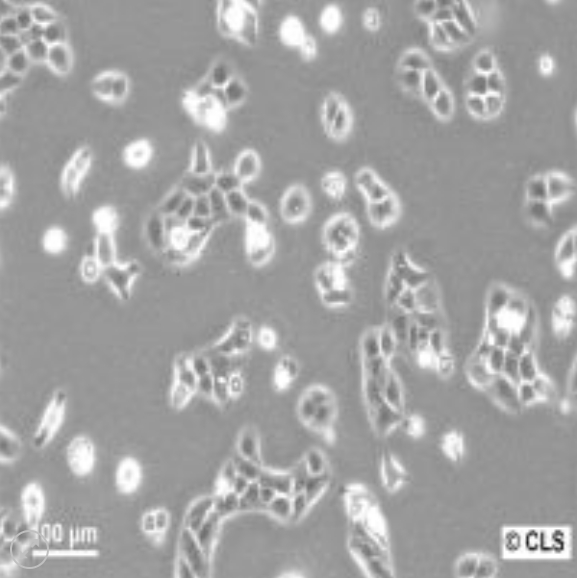Blog Post
Passage Numbers in Cell Lines: Do They Really Matter?
Passage Numbers in Cell Lines: Do They Really Matter?
When it comes to cell lines, there’s a lot of emphasis on passage numbers. However, the prevailing notion is shifting, leading many to question: Do passage numbers in cell lines genuinely matter? In this post, we’ll delve into the debate surrounding passage numbers, offering clarity on their significance in cell research.
Understanding Passage Numbers
Before diving into the debate, it’s crucial to understand what passage numbers signify. A “passage” in cell culture refers to the process of subculturing or transferring cells from one vessel to another. The passage number indicates how many times a particular cell line has been subcultured since its isolation.
The Traditional Concern
Historically, researchers attached great importance to passage numbers for the following reasons:
- Genetic Drift: Higher passage numbers were believed to result in accumulated mutations.
- Cell Behavior: It was thought that cells might behave differently as passage numbers increased.
- Replicative Senescence: The idea that cells might lose their ability to divide after a certain number of passages.
Challenging the Status Quo: Why Passage Numbers May Not Matter
Stable Genetic Profile:
Modern techniques and tools have shown that many cell lines maintain a stable genetic profile over numerous passages.
Consistent Behavior:
Empirical evidence has demonstrated that the behavior and characteristics of many cell lines remain consistent, even after multiple passages.
Overemphasis on Numbers:
Focusing solely on passage numbers might divert attention from other essential factors like culture conditions and cellular environment.

Factors More Crucial Than Passage Numbers
While passage numbers provide some insight, other aspects are arguably more vital for maintaining cell line integrity:
- Quality of Culture Media: Using appropriate and consistent culture media ensures cell health.
- Sterile Techniques: Preventing contamination is paramount for consistent results.
- Regular Monitoring: Keeping a close eye on cell morphology and behavior is more indicative of cell health than passage numbers.
In Conclusion
While passage numbers have historically held significant weight in cell culture research, recent insights suggest that they might not be as pivotal as once believed. Instead of fixating on these numbers, researchers should prioritize other aspects of cell culture to ensure the integrity and consistency of their cell lines. With the rapid advancement of cellular research tools and techniques, it’s essential to continually reassess and adapt our approaches to cell culture best practices.

